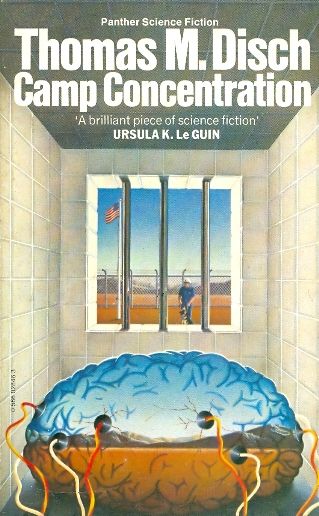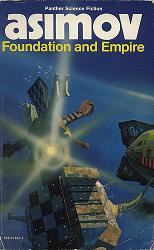
Camp Concentration
Thomas M. Disch
325 pages
published in 1968
Camp Concentration is a classic New Wave science fiction novel, but one I’ve never read before. I’ve always been a bit scared of Disch, due to his reputation as a “difficult” and pessimistic writer. These are qualities I’ve only recently started to appreciate, together with a renewed interest in New Wave science fiction. The New Wave was a time when science fiction went through a real literary revolution, as a new generation of writers started to question the genre’s core assumptions, first in the UK and then in America, where the New Wave went into a more political direction. Camp Concentration embodies this revolution perfectly.
It’s central idea, of political prisoners injected with a specially altered syphilis virus to make them hyperintelligent in order that they can design new superweapons for the American military, completely subverts science fiction’s traditional belief in technological progress. What’s more, any kind of dark thrill that could be had from this scenario is quickly undermined as well, as we never see the any sign of anything like that going on at all. Instead we get alchemy.



